Introduction
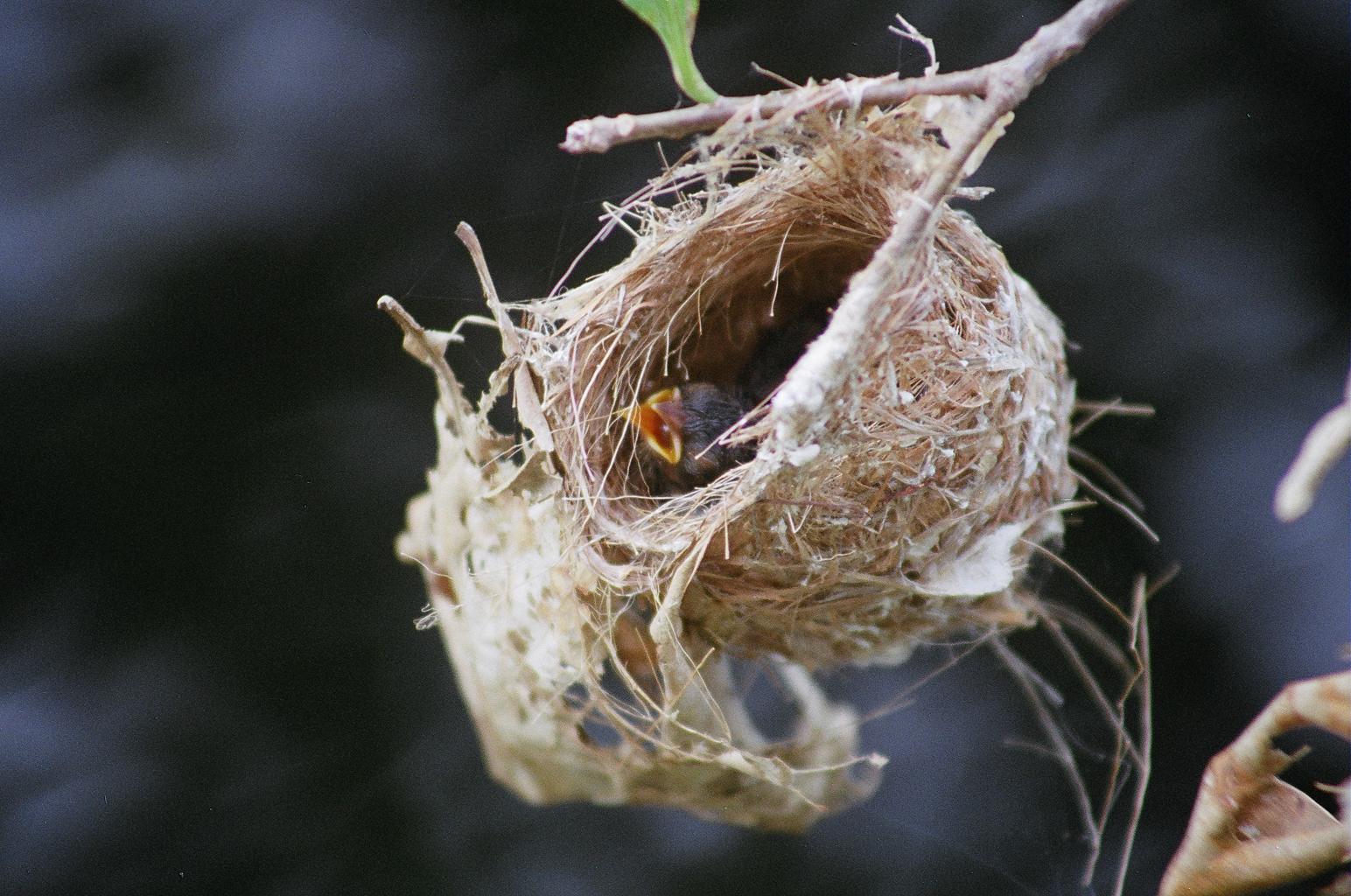
Bird mating season, also known as the breeding season, is a fascinating time in the avian world when birds engage in courtship rituals and reproductive activities. Understanding the intricacies of bird mating season and the behaviors associated with it provides valuable insights into the avian world and allows for effective conservation efforts.
Overview of Bird Mating Season
Bird mating season refers to a specific period during the year when birds actively seek partners to reproduce. It typically occurs in the spring and summer months when environmental conditions are favorable for nesting and raising offspring. Birds employ a wide array of behaviors to attract mates and establish pair bonds, including courtship displays, songs, and calls.
Bird Mating Behaviors
Birds use various behaviors to attract potential partners and establish pair bonds. Courtship displays involve dances, feather displays, and aerial acrobatics. Male birds may serenade females with songs or distinct mating calls. Pair bonding is significant, with some species exhibiting monogamous mating systems while others engage in polygamous or promiscuous mating systems.
Certain birds, such as pigeons and doves, can breed throughout the year. Climate change and migration patterns can influence the timing and duration of bird mating seasons.
Understanding bird mating behaviors and the timing of the breeding season is essential for observing and studying these behaviors, tracking population trends, and implementing conservation measures.
Seasonal Timing for Mating

Birds have distinct mating seasons that vary among species. Spring is a common mating season when birds engage in elaborate courtship rituals. Examples of spring mating birds include robins, bluebirds, and cardinals. Summer is also significant, with species like sparrows, swallows, and warblers mating during this time.
Certain species, like owls and eagles, have extended breeding seasons that span across multiple months. Migratory patterns play a crucial role in bird mating seasons. Birds migrate to specific regions during particular seasons to find suitable breeding habitats. The timing of migration is linked to the mating season, as birds need to arrive at their breeding grounds during the optimal window for courtship and reproduction.
Understanding the seasonal timing for mating and migratory patterns provides valuable insights into the lives of birds and the balance between biological rhythms, environmental factors, and reproductive strategies.
Nesting and Breeding Habits
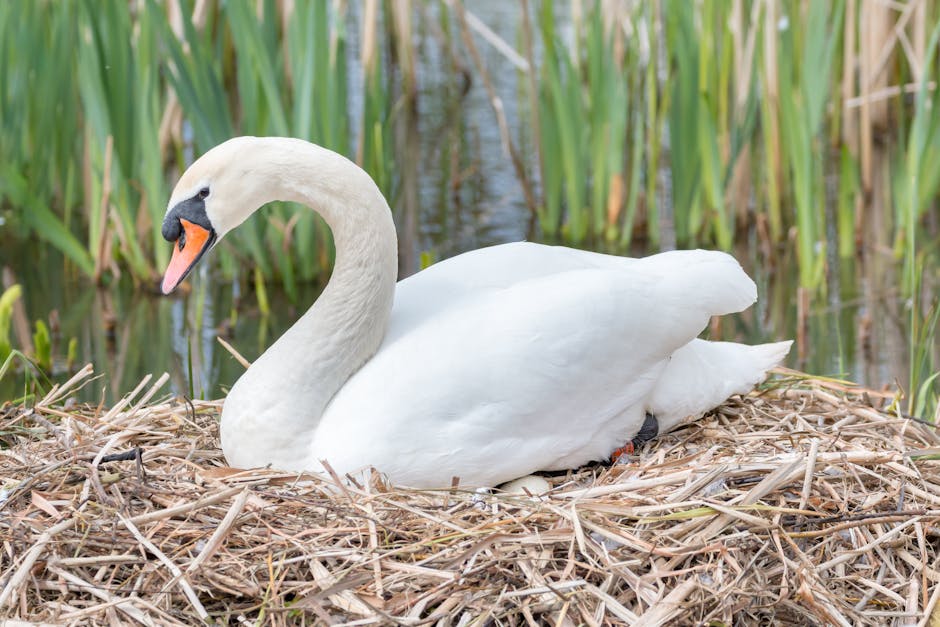
Birds exhibit a fascinating array of nesting habits and mating rituals, providing insight into their diverse strategies for reproduction and survival.
Types of Nests Birds Make

-
Cup nests: Cup nests are commonly found in trees, shrubs, or on the ground. They provide a secure space for incubating eggs and raising young. Species like robins and sparrows are known to build cup nests.
-
Cavity nests: Cavity-nesting birds create nests within tree hollows, crevices, or man-made structures like birdhouses. Some birds excavate their own cavities, while others utilize existing ones. Cavity nests offer protection from predators and adverse weather conditions.
-
Platform nests: Platform nests are flat structures built on a platform-like foundation, such as a tree branch or a cliff ledge. They provide a sturdy base for larger bird species like eagles, ospreys, and herons.
-
Burrow nests: Certain bird species dig burrows in soil or utilize existing burrows for nesting. These nests offer insulation and protection for eggs and young, shielding them from predators and adverse environmental conditions.
Types of Mating Rituals
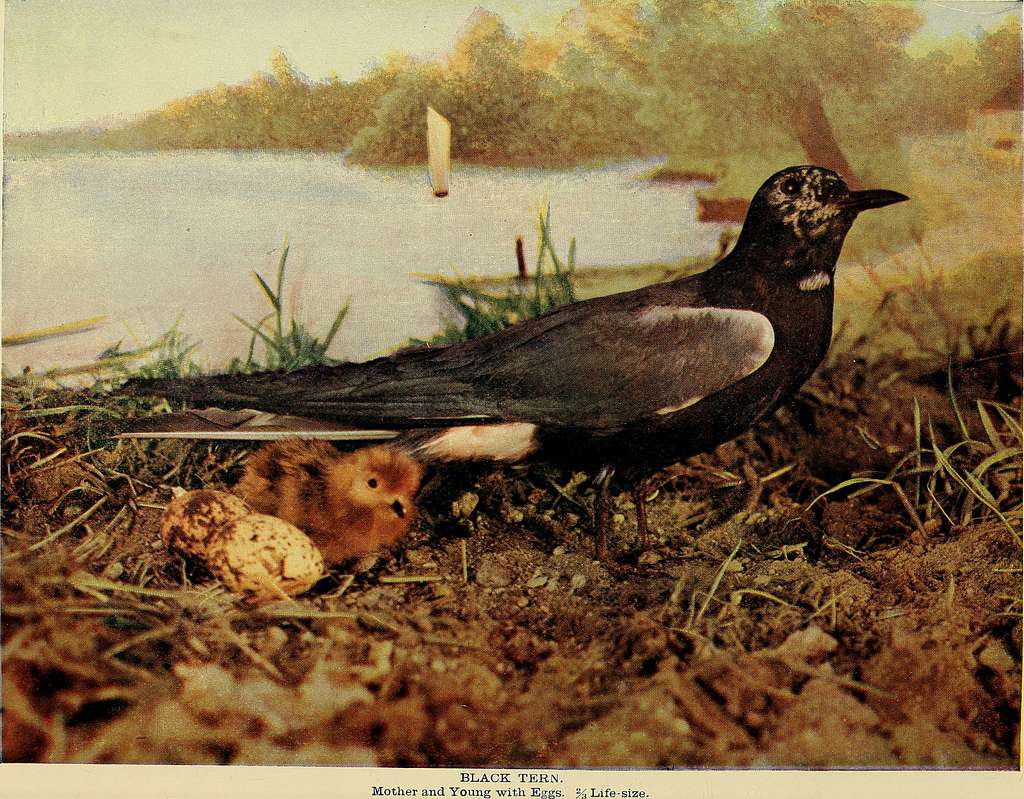
-
Courtship displays: Many bird species engage in elaborate courtship displays involving dances, aerial acrobatics, and vocalizations to attract mates. Male peafowls display vibrant tail feathers in an expansive fan to woo females.
-
Song and vocalizations: Male birds sing complex songs to establish territory, defend nesting sites, and attract potential mates. These melodious tunes serve as a means of advertisement, signaling fitness and availability to females.
-
Nest-building contributions: In some bird species, nest-building plays a crucial role in courtship. Males construct intricate nests to showcase their genetic quality and parental investment potential.
-
Mating dances and displays: Certain bird species perform captivating mating dances and displays involving intricate movements to capture the attention of potential mates.
Understanding the diverse nesting habits and mating rituals of birds provides a deeper appreciation for their remarkable adaptations and behaviors during the mating season, contributing to their survival and reproductive success.
Potential Dangers of Mating Season

Birds face various dangers during their mating season, ranging from natural predators to the risk of disease transmission. Understanding these threats is crucial for appreciating the challenges birds encounter and the significance of conservation efforts.
Common Predators of Birds during Mating Season
Natural Predators
Predatory birds such as hawks, falcons, owls, and eagles pose significant threats to birds during mating season. Their keen eyesight and aerial agility make them adept at locating and capturing their avian prey.
Mammalian Predators
Land-based predators like foxes, raccoons, cats, and snakes raid nests for eggs or young chicks, taking advantage of the increased vulnerability of nesting birds.
Human-Related Threats
In urban areas, domestic cats and unleashed dogs pose a danger to birds during mating season. Collisions with vehicles also result in fatal accidents for birds crossing roads.
Risk of Disease Transmission among Birds

During mating season, birds often gather in close proximity, increasing the risk of disease transmission. Factors such as close quarters, mating behaviors, shared resources, and avian influenza contribute to this vulnerability.
Understanding the potential dangers birds face during mating season underscores the importance of conservation efforts. By safeguarding habitats, reducing human-related threats, and promoting disease surveillance, we can help protect birds and ensure their successful reproduction in the face of these challenges.
Conservation Efforts During Bird Mating Season
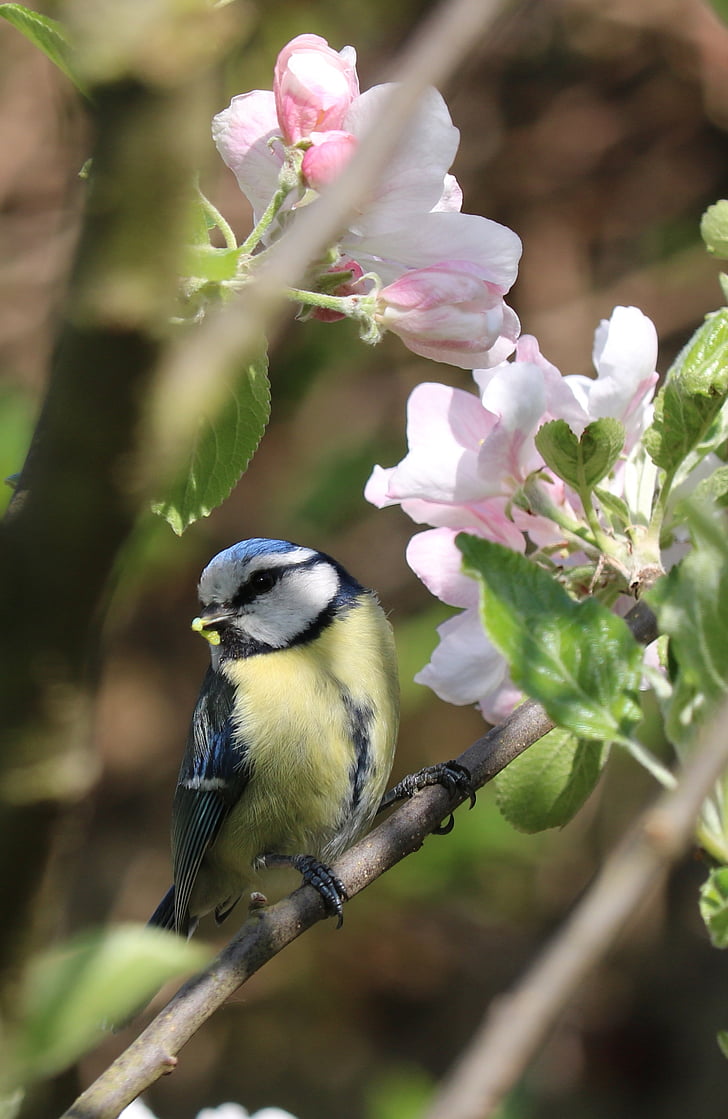
Conservation efforts are vital in protecting birds during their mating season, ensuring their survival and promoting healthy populations. Various organizations and initiatives are dedicated to preserving bird habitats and raising awareness about the importance of protecting these areas during this critical period.
Enhancing Reproductive Success

Conservation initiatives aim to minimize disturbances and threats to nesting birds and their breeding habitats, enhancing their reproductive success. This involves preserving and restoring vital breeding habitats such as wetlands, forests, and grasslands, which provide essential resources and shelter for birds during their mating season.
Protected areas and wildlife reserves have been established to safeguard important bird habitats and restrict human activities that could disrupt nesting and breeding behaviors. By preserving these habitats, conservationists ensure that birds have suitable locations for courtship, nesting, and rearing their young.
Managing Invasive Species
Controlling the impact of invasive species is another crucial element of conservation efforts during bird mating season. Invasive species can negatively affect bird populations by competing for resources or preying on eggs and nestlings. By actively managing and mitigating the spread of invasive species, conservationists help maintain a balanced ecosystem that supports healthy bird populations.
Ways to Support Bird Conservation

Individuals can actively contribute to bird conservation efforts during mating season by implementing bird-friendly practices in their daily lives. These practices include:
-
Providing nesting boxes or bird feeders: Placing nesting boxes or feeders in gardens or outdoor spaces creates inviting environments for birds to rest, nest, and find nourishment.
-
Using bird-friendly products: Opting for shade-grown coffee and sustainably sourced timber helps protect bird habitats, prioritizing the preservation of ecosystems where birds reside.
-
Participating in citizen science projects: Engaging in citizen science projects focused on monitoring bird populations and behaviors provides valuable data to researchers and conservationists. By contributing observations or participating in bird counts, individuals actively contribute to scientific knowledge and conservation efforts.
-
Minimizing disturbances: Being mindful of bird habitats during mating season is crucial. Minimizing noise levels, avoiding disturbance of nesting sites, and keeping pets on leashes in sensitive areas create a conducive environment for successful breeding and rearing.
-
Supporting conservation organizations: Donating to or volunteering with conservation organizations that work towards protecting bird habitats and conducting research can make a significant impact. These organizations rely on public support to carry out their vital work.
Collaborative efforts between government agencies, conservation organizations, researchers, and the public are essential for effective bird conservation during mating season. Together, we can create a sustainable future where birds thrive and continue to enchant us with their beauty and melodious songs.
Conclusion


Conservation efforts during bird mating season are crucial for the protection and preservation of bird populations. By minimizing disturbances, preserving critical breeding habitats, managing invasive species, and raising public awareness, we can ensure successful reproduction and foster healthy bird populations for generations to come. Individuals can actively contribute to bird conservation by implementing bird-friendly practices and supporting conservation organizations. Let us work together to create a world where birds flourish and continue to captivate us with their grace and enchanting songs.
Conclusion
In this comprehensive exploration of bird mating season, we have delved into various aspects of avian courtship and reproduction. Let’s recap the key topics discussed and highlight the significance of bird mating season, followed by opportunities to further expand your knowledge on this captivating subject.
Recap of Key Topics
-
Overview of bird mating season: We emphasized the importance of bird mating season in the lives of birds, from elaborate courtship displays to the construction of intricate nests.
-
Seasonal Timing for Mating: We explored the mating seasons of different bird species, considering factors such as geographic location, climatic conditions, and migratory patterns.
-
Nesting and Breeding Habits: We discussed the diverse types of nests birds construct and the fascinating mating rituals exhibited by certain bird species.
-
Potential Dangers of Mating Season: We highlighted the risks and challenges birds face during mating season, including predators and disease transmission.
-
Conservation Efforts: We explored various conservation initiatives, from habitat preservation to awareness campaigns, emphasizing the importance of individual actions.
Opportunities to Learn More

To deepen your knowledge and appreciation for bird mating season, consider exploring the following resources and activities:
-
Books and field guides: Delve into popular books and field guides dedicated to bird mating behaviors and the breeding season, authored by experts in the field.
-
Birdwatching communities and organizations: Engage with local birdwatching groups or organizations, learn from experienced birdwatchers, and contribute to citizen science efforts.
-
Online resources: Explore reputable websites, blogs, and forums specializing in ornithology or bird behavior, offering in-depth articles, videos, and discussions.
-
Citizen science projects: Participate in bird breeding surveys or monitoring programs, contributing to scientific research and conservation efforts.
-
Nature centers and museums: Visit local nature centers, wildlife sanctuaries, or museums with exhibits on birds and their mating behaviors, providing insights into the captivating world of bird courtship.
By exploring these resources and engaging in birdwatching activities, you can deepen your understanding of bird mating season and contribute to the conservation of these remarkable creatures.
Bird mating season is a time of wonder, beauty, and ecological significance. As we appreciate the intricate rituals and behaviors exhibited by birds during this period, let us also strive to protect and preserve their habitats, ensuring the continuation of these fascinating avian cycles for generations to come.
[Word Count: 307]
Frequently Asked Questions
Frequently Asked Questions
Q: When is bird mating season?
A: Bird mating season varies among species and geographic locations. Generally, it occurs in the spring and summer months when environmental conditions are favorable for nesting and raising offspring. However, specific timing can vary. It’s best to research the mating season of the particular bird species you’re interested in observing.
Q: How long does bird mating season last?
A: The duration of bird mating season depends on the species. Some birds have relatively short mating seasons that last a few weeks, while others have extended breeding seasons that span several months. Factors such as migratory patterns and environmental conditions influence the length of the mating season.
Q: Do birds mate for life?
A: Some bird species exhibit monogamous mating systems, where pairs form long-term partnerships and mate for life. Examples include swans, albatrosses, and bald eagles. However, many bird species do not mate for life and may have different partners each breeding season.
Q: What are the signs that birds are mating?
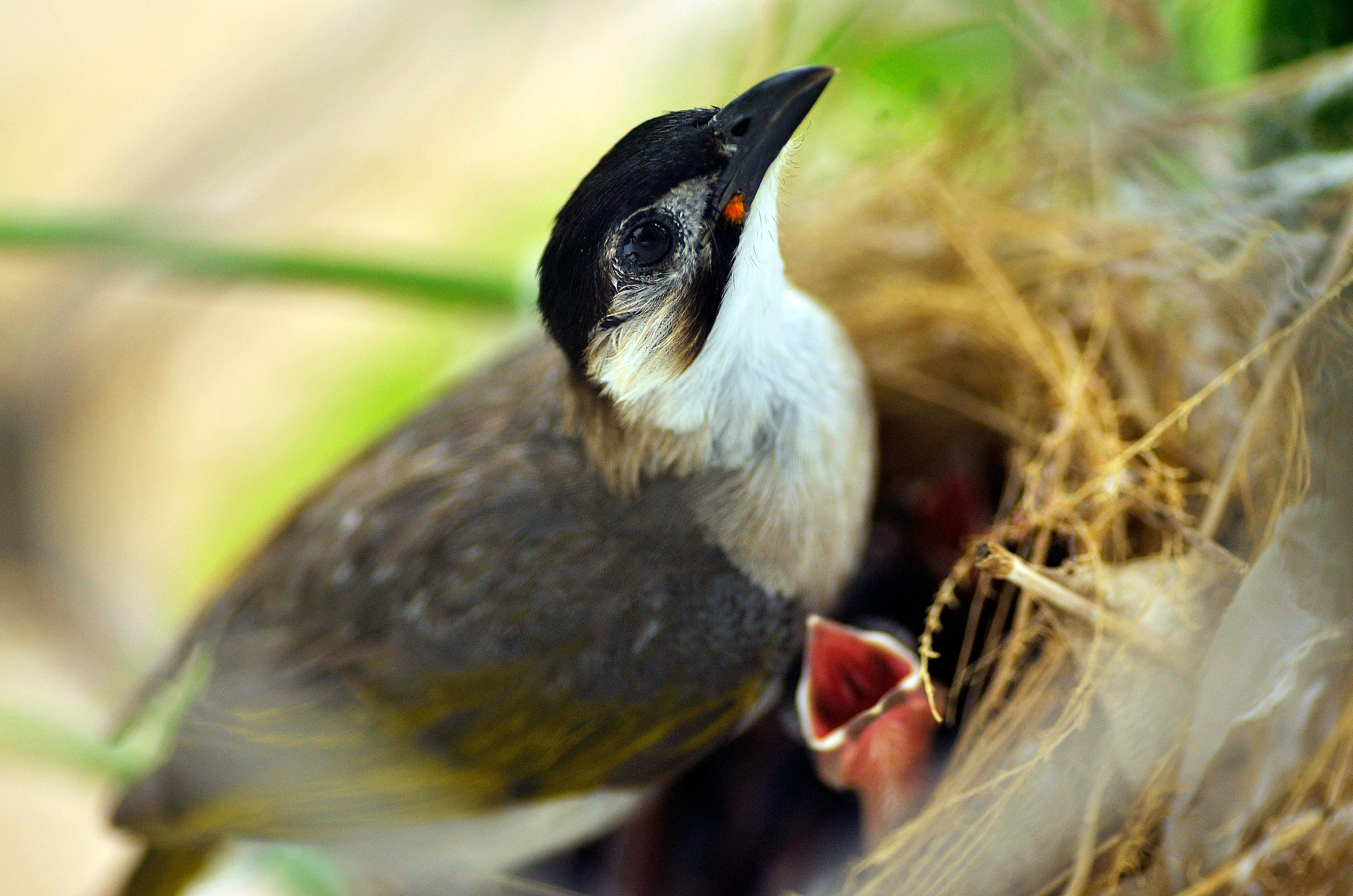
A: Birds display various signs when they are mating. These signs can include elaborate courtship displays, such as dances, aerial acrobatics, and vocalizations. Male birds often sing or call to attract females. Observing these behaviors and listening for distinct mating calls can indicate that birds are in the mating process.
Q: How can I help birds during mating season?
A: There are several ways you can help birds during mating season. Providing nesting boxes or bird feeders in your yard creates inviting environments for birds. Using bird-friendly products, minimizing disturbances near nesting sites, and keeping pets on leashes in sensitive areas are also beneficial. Supporting conservation organizations that protect bird habitats and participating in citizen science projects contribute to bird conservation efforts.

Leave a Reply